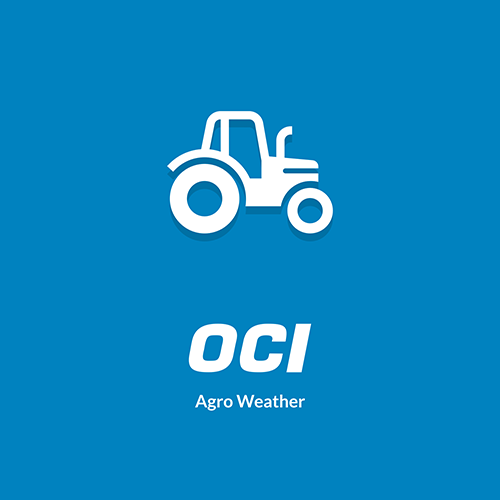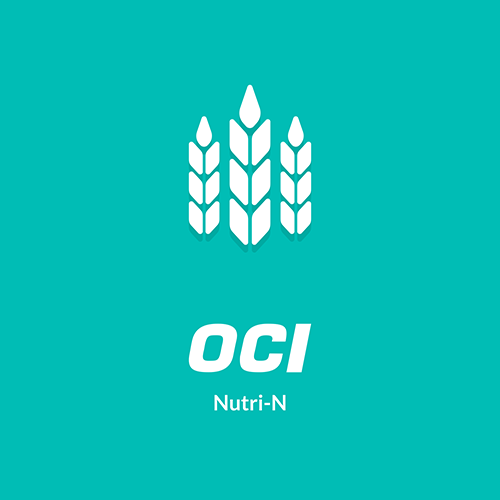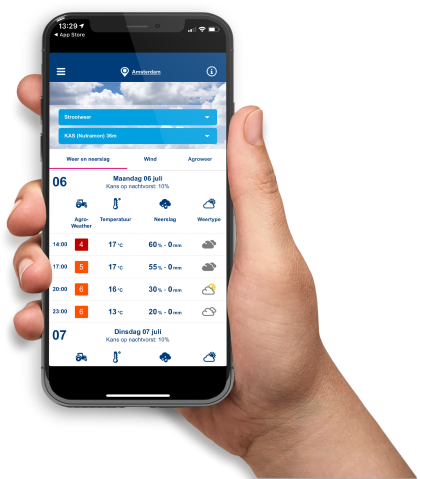Products

OCI UAN is a liquid fertilizer consisting of three different forms of nitrogen: amide nitrogen, nitrate nitrogen and ammoniacal nitrogen. These different forms make the nitrogen available to the crop at different times. The speed of availability also depends on the soil temperature and the available moisture in the soil. As a liquid fertilizer, OCI UAN can be dosed very precisely close to the plant and is therefore very suitable for precision agriculture.
Benefits of OCI UAN
- Liquid fertilizer
- Efficient and accurate dosing across the land
- 30% nitrogen in three different forms (amide nitrogen, nitrate nitrogen and ammoniacal nitrogen)
Where and how best to use it?
OCI UAN is best applied using an agricultural spray system or a spike-wheel injector for the cultivation of the most common agricultural crops.


